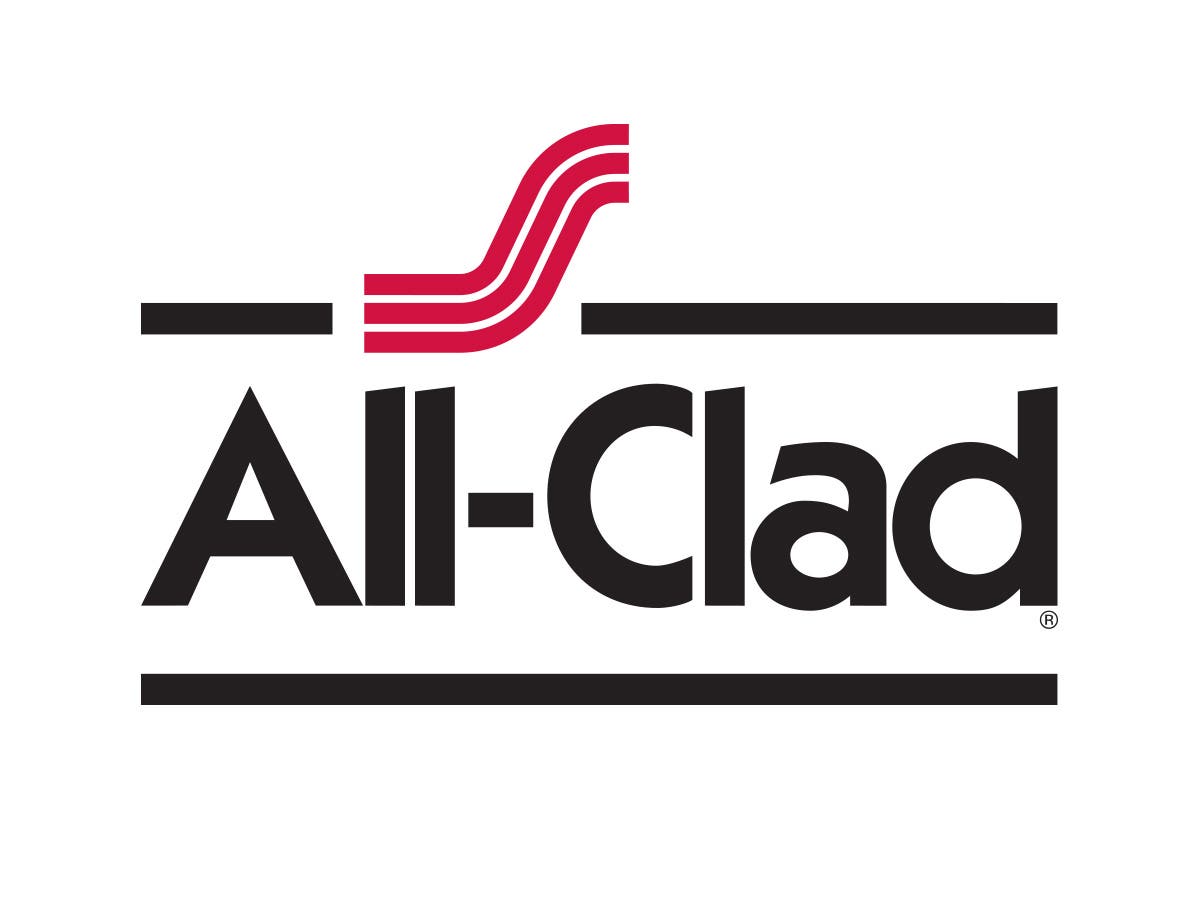Sauce Pans & Sauciers
- Sale
D5 Stainless Brushed 5-ply Bonded Cookware, Stainless Steel Pot 3 Qt
Regular Price Regular Price $249.99 Special Price Special Price $139.99 - Sale
D5 Stainless Polished 5-ply Bonded Cookware, 3 Quart Sauce Pan with lid
Regular Price Regular Price $239.99 Special Price Special Price $139.95 - Sale
Copper Core 5-ply Bonded Cookware, Sauce Pan with lid, 3 quart
Regular Price Regular Price $329.99 Special Price Special Price $199.99 - Sale
Essentials Nonstick Cookware Set, 2 piece Sauce Pan Set with lids, 2.5 & 4 quart
Regular Price Regular Price $149.98 Special Price Special Price $129.99
The essential saucepans for making sauces and such, with high, straight sides and a small surface area to trap heat and limit evaporation. All our large saucepans are made of extremely durable stainless steel that won’t bend, warp, or discolor through years of use and proper maintenance. Browse our variety of saucepans and find the perfect one for your kitchen!



































































































































